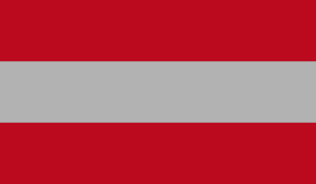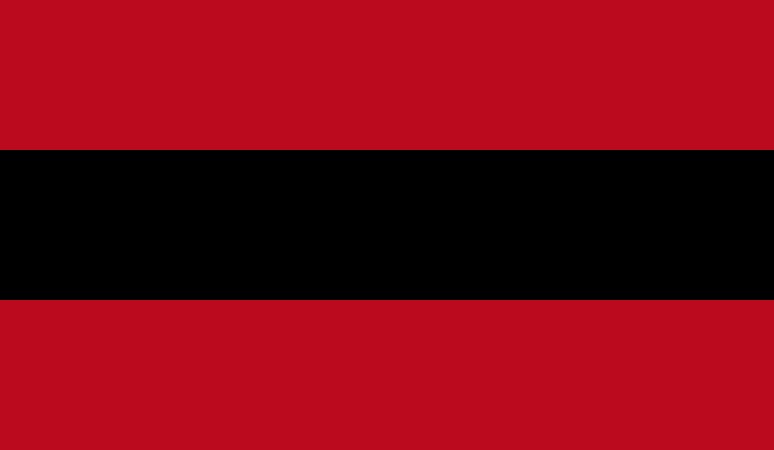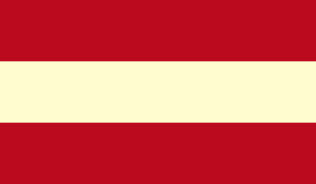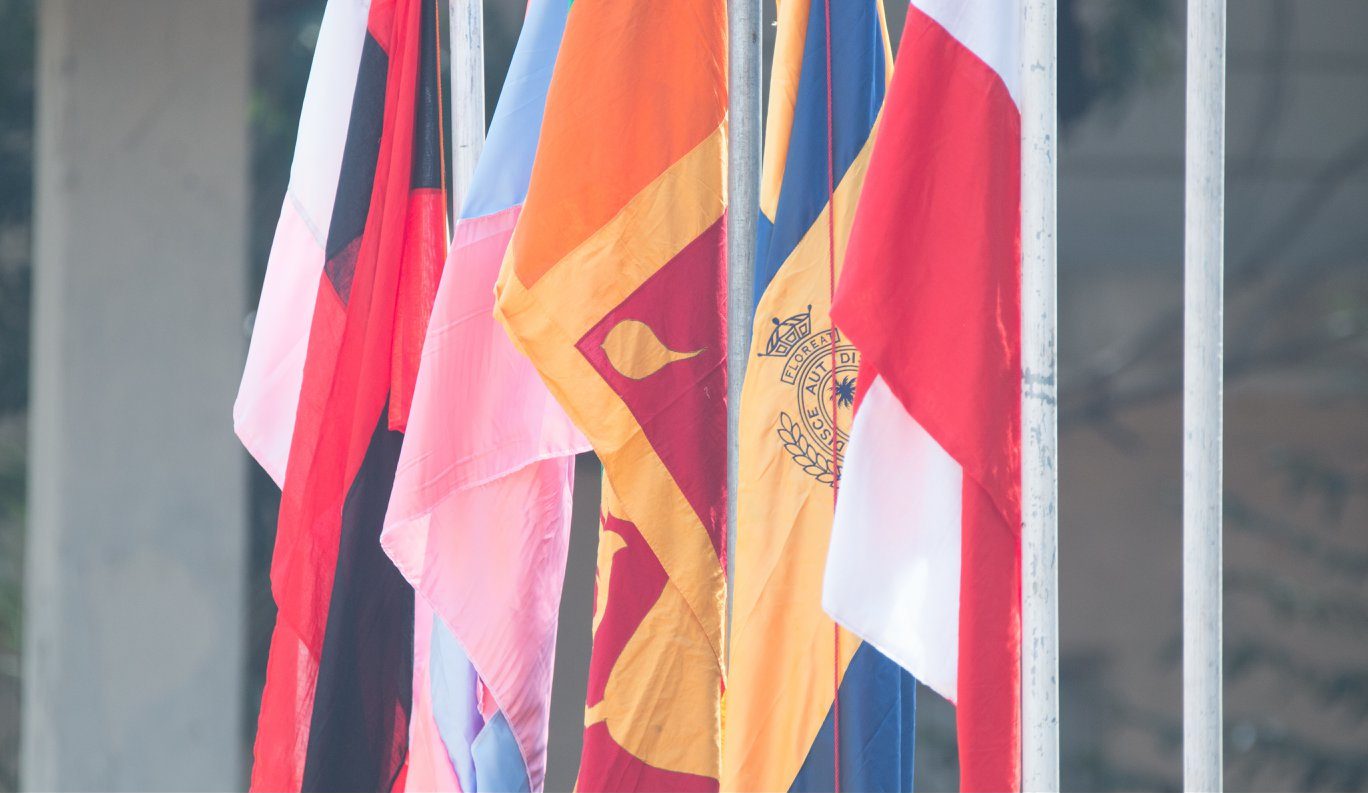The House System was inaugurated at the end of 1918 during Principle Charles Hartley’s regime. Director of Education E. B. Denham who took a personal interest in Royal College realising the poor state of Sports at Royal College due to lack of proper facilities since 1914, appointed the most Senior Master Lewis Walker as the first Games Master at Royal College to reorganise Sports. Walker introduced the House System following the pattern in the English Public Schools and organised the First Athletics Meet after 6 years in 1918 – the last being at San Sebastian Hill in 1912.
The transfer of the boys from Training College to Royal in 1917 saw the school population rise to over 600 students and for the first time in its history, Royal had a playground worthy of the College at Thurstan Road. Subsequently, with the shift to Reid Avenue (where the new ground were being laid out) all Inter-House Athletics Meets, House Cricket matches were still played at Thurstan Road till 1925. With the spacious playing field, Inter-House activities thrived from 1918 at Thurstan Road till 1925. The new building at Reid Avenue was occupied in 1923 but the Grounds came into use in 1926.
Walker who was on the verge of retirement set about his task of organising the Sports section with enthusiasm. He established 4 Houses during the Christmas term in 1918. The boys were divided into “Houses” according to geographical location. It was not the best distribution of boys but something for the start. The Houses were – Bambalapitiya South, Bambalapitiya North, Cinnamon Gardens and Colpetty. Most of the boys tried to get to the House with the best teams. This resulted in frequent changes of residence and the influx was to Cinnamon Gardens House, considered the strongest then. There is no record of House Masters and Sports Captains for these 4 Houses.
In 1918, the First House Competition took place for Cricket and Football and Bambalapitiya South were the winners. In 1919, Bambalapitiya North and South which were the weakest, were amalgamated and named Bambalapitiya House making it only 3 Houses. The first Full House Championship (Cricket, Football and Athletics) took place in 1919 and Bambalapitiya House emerged Champions. In 1920, Cinnamon Gardens House won the competition.
The Office-Bearers of the respective Houses in 1920 were :-
| House | Bambalapitiya | Cinnamon Gardens | Colpetty |
| Master | F. D. Wijesinghe | L. H. W. Sampson | R. W. Vanderwall |
| Cricket Capt. | D. R. Rutnam | A. R. A. Sahabandu | A. E. L. Thomasz |
| Football Capt | D. R. Rutnam | C. T. Vangeyzel | A. E. L. Thomasz |
| Colours | Chocolate & Pink | Scarlet & White | Green & White |
The first House Boxing Competition (which was not included in the Championship) took place in 1919 for the Shield offered by Donald Obeysekara of which the first winner was the Colpetty House. It is now the oldest Trophy in the House Competition.
Since then, other Old Royalists and well-wishers have offered Trophies. Principal Reed’s father G. Marlowe Reed of London, two British Army Officers – both of them Officers, Commanding British Troops in Ceylon, at different times, Hon. F. G. Tyrell, Chief Secretary of the Government and F.C. W .Vangeyzel offered the Vangeyzel Shield to commemorate the brilliant performance of his brother C.T. Vangeyzelat at Cambridge University.
| Name of Trophy | Sport | Donor | |
| 1919 | Obeyesekere Shield | Boxing (H) | Donald Obeyesekere |
| 1923 | Marlowe Reed Cup | Athletics (CA) | G. Marlowe Reed |
| 1925 | Kotelawala Shield | Drill (H) | J. L. Kotelawala |
| 1926 | Vangeyzel Shield | Athletics (H) | F. C. W. Vangeyzel |
| 1927 | Bawa Bowl | Cricket (H) | B. W. Bawa |
| 1927 | Tyrrell Cup | Rugby Football (H) | Hon. F. G. Tyrrell |
| 1927 | Christoffelsz Shield | Relay (Seniors)(H) | A. E. Christoffelsz C.C.S |
| 1930 | Girdwood Cup | Relay (Juniors)(H) | Brigadier Girdwood |
| 1937 | Lyon Cup | Cricket (Juniors)(H) | Brigadier C. A. Lyon |
| 1941 | Gunasekara Shield | Tennis (H) | E. I. Gunasekara |
| 1941 | Dr. Cassius Pereira Shield | Swimming (H) | A. K. Pereira |
| 1942 | Angus de Saram Shield | Junior Cadets (H) | – |
| 1943 | Gooneratne Shield | Physical Training (H) | Major L. V. Gooneratne |
| 1943 | Ranatunge Shield | Swimming (Relay) (H) | – |
| 1945 | A. E.R. Paul Memorial Shield | Scouting (Inter Patrol) | – |
| 1955 | Panabokke Cup | Hockey (Juniors) (H) | T. B. Panabokke (Snr.) |
| 1955 | Kotelawala Shied | Hockey (Seniors) (H) | Senator Justin Kotelawala |
Note: – H (House Championship), CA (Champion Athlete)
Since 1956 other Old Boys have offered Trophies.
Hartley House were the First winners of the Vangeyzel Sports Shield. The first winner of the Marlowe Reed cup was D. W. L. Lieversz (Snr.) Charles Peiris an Old Boy offered a Cup for the Champion Athlete in 1922. This too was awarded till 1930. Later S. F. H. Perera offered a Cup, also for the Champion Athlete for 1927 only.
To bring some order into the College and House Sports activities Principal Reed formed a Games Club in 1921 with representatives from (1) Master (2) Boys (3) College Captains and Secretaries and (4) Old Boys.
At the commencement, only a Cricket fixtures list was drawn up by the Games Master. From 1922 onwards the Games Club printed a fixtures list for all sports for each term, both at House level and for Inter-College Matches. The College Magazine of the Midsummer Term 1922 mentions House Prefects. There is no mention of House Prefects in any College Magazine after 1923. The list of House Captains appears in Appendix.
Principal Reed renamed the Houses – Hartley, Harward, Marsh and Boake and the Rules Sub-committee of the Games Club recommended on 17.11.1922 the following rules for reorganization.
(1) To abandon geographical or alphabetical selection.
(2) To distribute the recognized athletes of the Schools as far as follows equally among the four houses in the following way: –
(a) Names of all boys who have played Cricket for the First, Second and Third Elevens were put down in approximate Seniority. The same thing was done for Soccer, Rugger, boxing, etc., without repeating names.
(b) An order of selection for the Four Houses was drawn and the rest referred to in (a) was parceled out in order, working straight down the list, except (3) below (brothers in same house).
(c) Remaining boys of the school to be divided up by working down the School Roll in the same way.
(d) New boys to be allocated to Houses on the same principle using the ordinary list admission
(3) Younger brother to be put automatically to the same houses as the older brother.
(4) That entirely Fresh Colours be selected by the Houses themselves under the supervision of the House Master.
(5) That Houses be left to select their own Office-Bearers under the supervision of the House Master.
The New House Colours, First House Master, House Captains and House Prefects in 1922 were:-
| House | Prefect | Colour | Master | Captain |
| Hartley | L. J. O. Wijesekara | Blue & Pink | – | E. K. De Vos |
| Harward | R. Rajarathnam | Red & Gray | P. I. Robert | R. Rajarathnam |
| Marsh | M. C. Dias | Chocolate & Pink | L. V. Gooneratne | M. C. Dias |
| Boake | G. H. Senerathna | Black & Red | F. D. Wijesinghe | G. H. Senerathna |




House Colours
With the inauguration of the House system in 1918, Colours were allocated to each House in 1919. The reorganization of the of the House System in 1921 saw different colours to those of 1919 being allocated to the new House. The Games Council decided in 1928, “The House Colours were to be on the same plan as school colours. There shall be no special Blazer pockets for House colours, but special jersies, ribbons and rossettes, may be worn by the different representatives of “Houses.”
In 1929 House Committees were appointed. One student from each Form, above the 4th Form and one student from the Lower Forms. This Committee functioned with the House Masters presiding. How long these committees functioned is not known. With the reorganisation of Houses, 1st, 2nd and 3rd teams participated in all games. Cricket experiments with league systems which ultimately ended in 1926 with the knock-out System being retained to save time.
Since 1926 onwards not much change has taken place in House Competition consisting of Cricket, Rugby, Athletics, Boxing, Tennis and other sports such as Badminton, Basket Ball, Rowing, Table Tennis, Hockey and Volley Ball which are held regularly.
In the war year 1942-1945 only House Cricket matches took place and they were played in the mornings. The trophies and prizes for House Competitions have increased greatly, from small items like penknives, to Silver Cups and Shields. They now number 25 trophies. 20 for sports, 4 for Debates & 1 for Drama at House level.
In the early years of the Inter House Competition the incentive for competition was only Trophies for sports activities. Subsequently Old Boys have donated Trophies for Inter-House Competition in Literary activities. Some of these Trophies and Donors are:-
| Shield for Debating | English – Seniors | Dr. Kumaran Rutnam |
| English – Intermediate | H.W. Jayewardene | |
| Sinhala | D.P. Jayasekera | |
| Arunachalam Shield for Debating | Tamil | Members of Arunachalam family |
| Cup for Inter-House Drama | M.F. Gaffoor |
During the World War II from 1942-1948 ‘Glendale’ the branch (for those U16) of Royal College was established at Bandarawela. The Glendale Branch had its House system with Hartley, Harward, Marsh and Boake. Cricket, Football, Athletics, Boxing and Table Tennis competitions took place, for Trophies offered by Old Boys.
In 1970 the personality who reorganized the House System in 1921 and brought order into its organization so as to bring maximum benefit was remembered with ‘Reed’ House being inaugurated during the period of Principal B. A. Premaratne. Colours of the New House were Red and Cream and its first House Master was E. F. C. Pereira and first House Captain M.M. Cumaraswamy. In 1973 Reed House won the House Championship Shield.

The Notes on the House system has been taken from the College Magazines of the period 1921-1931. The House Captains are given in the Appendix.
The House system at Royal Collegehas been a great spur to sports activity and has been at stepping stone to higher honours in 1st XI of the Cricket Team, the 1st XV Rugby Team and other Sports Teams.

